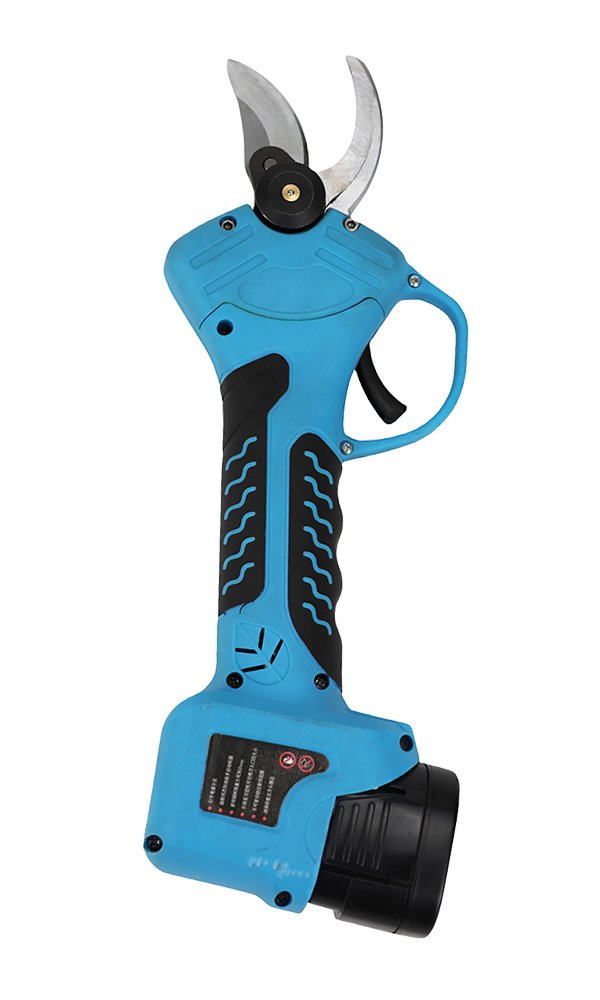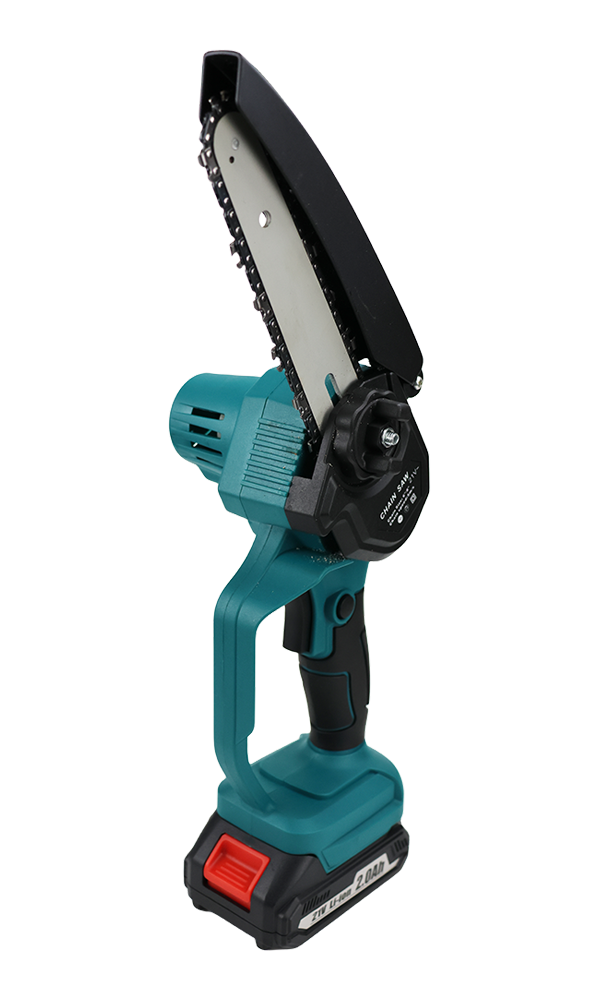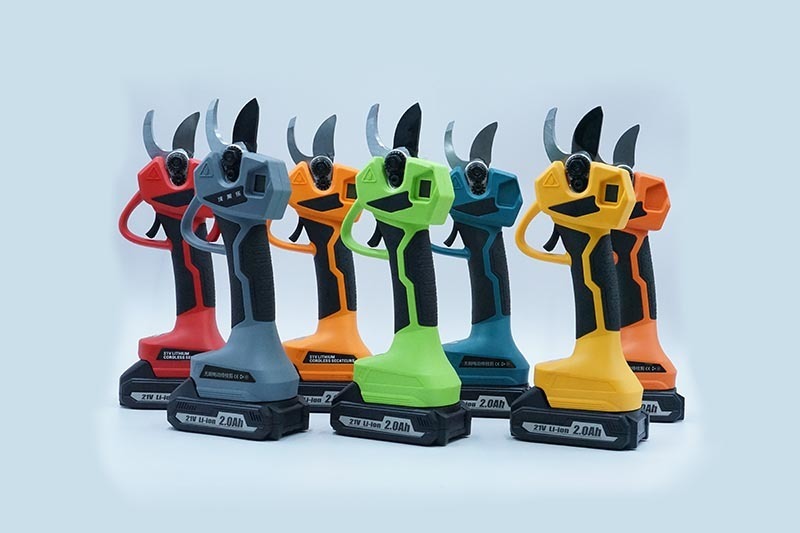NEWS
May 13,2025
Cultivating Success: The Essential Orchard Pruning Tools for Every Gardening Enthusiast
Cultivating Success: The Essential Orchard Pruning Tools for Every Gardening Enthusiast
As gardening enthusiasts, we understand the importance of having the right tools at our disposal. A well-pruned orchard not only enhances the aesthetic appeal of our gardens but also promotes healthy growth and abundant fruit production. In this comprehensive guide, we will delve into the various **orchard pruning tools** available, their specific uses, and how to choose the right ones for your gardening needs.
Table of Contents
1. Understanding the Importance of Pruning in Orchard Management
2. Essential Pruning Tools for Every Gardener
2.1 Hand Pruners: The Gardener's Best Friend
2.2 Loppers: For Those Hard-to-Reach Branches
2.3 Pruning Saws: Tackling Larger Limbs
2.4 Electric Pruners: Efficiency Meets Precision
2.5 Hedge Shears: Aesthetic and Functional
3. How to Choose the Right Pruning Tools
4. Maintenance Tips for Orchard Pruning Tools
5. Best Practices for Pruning Your Orchard
6. Frequently Asked Questions (FAQs)
7. Conclusion
1. Understanding the Importance of Pruning in Orchard Management
Pruning is a critical aspect of orchard management that promotes better air circulation, sunlight penetration, and overall plant health. Removing dead or excess branches allows the tree to focus its energy on producing high-quality fruit, leading to a more bountiful harvest. Furthermore, regular pruning reduces the risk of pests and diseases, ultimately contributing to a thriving garden.
2. Essential Pruning Tools for Every Gardener
To achieve optimal results in your orchard, it's imperative to equip yourself with the right pruning tools. Below, we will explore the essential tools that every gardener should have in their toolkit.
2.1 Hand Pruners: The Gardener's Best Friend
Hand pruners are indispensable for any gardening enthusiast. These compact, easy-to-use tools are perfect for making precise cuts on small branches and stems. They come in two primary types: bypass and anvil pruners.
- **Bypass pruners** feature two blades that bypass each other, allowing for clean cuts, making them ideal for delicate plants.
- **Anvil pruners**, on the other hand, have a single blade that cuts against a flat edge, providing more force, which is better for tougher stems.
When selecting hand pruners, look for ergonomic designs that fit comfortably in your hand and consider models with replaceable blades for longevity.
2.2 Loppers: For Those Hard-to-Reach Branches
Loppers offer extended reach and leverage, making them perfect for cutting branches that are too thick for hand pruners. With long handles, they allow for greater force with less effort. There are various types of loppers, including bypass and anvil styles, similar to hand pruners.
When choosing loppers, consider the cutting capacity, typically ranging from 1 to 2 inches in diameter, and ensure they are lightweight yet sturdy for ease of use.
2.3 Pruning Saws: Tackling Larger Limbs
For larger branches, a pruning saw is essential. These saws are designed for efficient cutting and are available in different lengths and styles. A curved blade can enhance cutting efficiency, while a straight blade may provide better precision.
When selecting a pruning saw, check for features such as blade material, tooth design, and handle comfort to enhance the cutting experience.
2.4 Electric Pruners: Efficiency Meets Precision
Electric pruners have revolutionized the way we prune our orchards. These battery-operated tools significantly reduce the physical effort required for cutting, making them ideal for those with limited hand strength or for extensive pruning tasks.
When purchasing electric pruners, consider battery life, weight, and the cutting capacity to ensure they meet your specific gardening needs.
2.5 Hedge Shears: Aesthetic and Functional
While primarily used for shaping hedges, hedge shears can also be beneficial for thinning branches in your orchard. Their long blades enable efficient cutting of leafy growth and can help maintain the overall shape of your trees.
Choose hedge shears that are lightweight and have sharp, durable blades to achieve clean cuts with minimal effort.
3. How to Choose the Right Pruning Tools
Selecting the right pruning tools requires careful consideration of your specific gardening needs. Here are some factors to keep in mind:
- **Type of Plants:** Different plants require different tools. Assess the size and type of plants in your orchard to determine the necessary tools.
- **Frequency of Use:** If you are pruning frequently, investing in high-quality, durable tools will pay off in the long run.
- **Comfort and Ergonomics:** Look for tools that feel comfortable in your hands and are easy to operate. This will make your pruning tasks more enjoyable and efficient.
- **Budget:** While it’s tempting to go for the cheapest option, consider the balance between cost and durability. High-quality tools may be more expensive upfront but will last longer.
4. Maintenance Tips for Orchard Pruning Tools
To ensure the longevity and effectiveness of your pruning tools, proper maintenance is crucial. Here are some essential maintenance tips:
- **Clean After Use:** Remove sap and debris from blades after each use to prevent corrosion.
- **Sharpen Blades Regularly:** Sharp blades make cleaner cuts, reducing the risk of damage to plants. Invest in a sharpening tool that suits your needs.
- **Oil Moving Parts:** Apply a light coat of oil to moving parts to prevent rust and ensure smooth operation.
- **Store Properly:** Store tools in a dry, safe place to protect them from moisture and damage.
5. Best Practices for Pruning Your Orchard
Now that you have the right tools, it’s essential to understand the best practices for pruning your orchard effectively:
- **Timing is Key:** The best time to prune your orchard largely depends on the type of fruit trees you have. Generally, late winter to early spring is recommended before new growth begins.
- **Prune for Shape:** Focus on shaping your trees to ensure good air circulation and sunlight penetration. This promotes healthy growth and fruit production.
- **Remove Dead or Diseased Wood:** Regularly remove any dead, damaged, or diseased branches to maintain the health of your orchard.
- **Avoid Over-Pruning:** While pruning is important, over-pruning can stress trees. Aim for a balanced approach that encourages growth while maintaining structural integrity.
6. Frequently Asked Questions (FAQs)
1. What is the best time of year to prune my orchard?
The ideal time to prune your orchard is typically late winter to early spring before the new growth starts.
2. How often should I prune my fruit trees?
Pruning frequency depends on the type of fruit trees you have. Generally, annual pruning is recommended for most fruit trees.
3. Can I use regular saws for pruning?
While you can use regular saws, specialized pruning saws are designed for better efficiency and cleaner cuts.
4. Do I need electric pruners for small orchards?
If you have a small orchard and are comfortable using manual tools, electric pruners may not be necessary. However, they can save time and effort for larger tasks.
5. How do I know if my pruning tools are dull?
If your tools are tearing or crushing branches rather than making clean cuts, they are likely dull and need sharpening.
7. Conclusion
Cultivating a thriving orchard is both an art and a science, and having the right pruning tools is fundamental to this process. By understanding the importance of pruning, selecting the appropriate tools, and following best practices, gardening enthusiasts can maximize their orchard's potential. Whether you're a novice gardener or a seasoned pro, investing time and effort into your pruning strategy will pay off in the form of health, beauty, and bountiful harvests. Remember, the right tools not only make the job easier but also enhance the overall gardening experience. Happy pruning!
Latest News
Mar 13,2024






